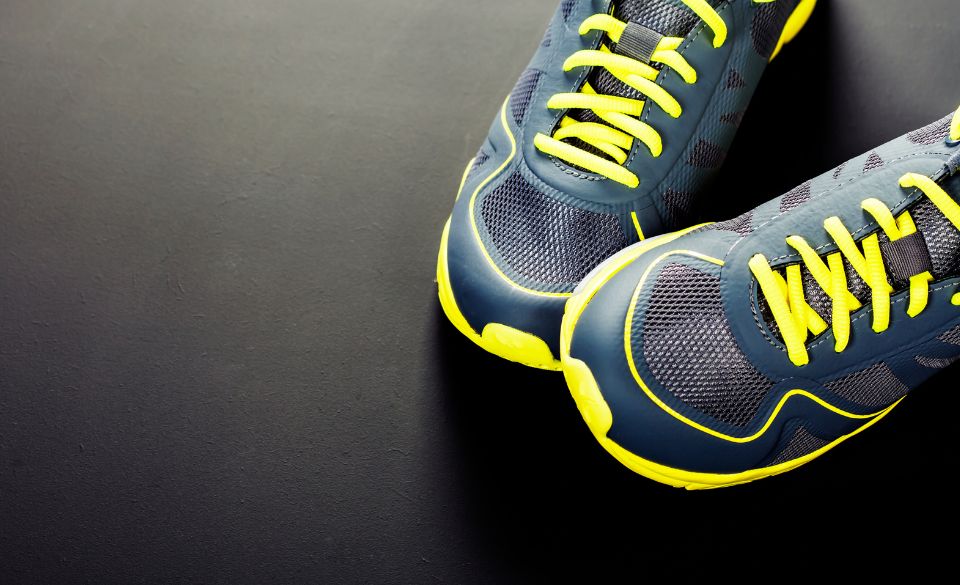
Are Training Shoes Good For Running?
Page Contents
Training shoes are designed to help athletes improve their performance in their chosen sport through scientifically developed features and technologies. Many people wonder if these shoes are suitable for running, and there’s no simple answer to that question. In order to understand the issue properly, it’s important to examine exactly what a training shoe is, and how it differs from a standard running shoe.
What are Training Shoes?
Training shoes typically have a greater emphasis on cushioning and arch support than traditional running shoes. This helps athletes to protect their feet, especially when doing exercises like jumping and lateral movements. They also have extra traction to help the athlete grip the ground, which is essential when doing activities like weight lifting. Training shoes are designed to add stability and support, which helps the athlete perform better when doing activities like sprinting and jumping.
Differences Between Training Shoes and Running Shoes
The primary difference between training shoes and running shoes is the type of cushioning. Training shoes usually feature greater cushioning and arch support which helps the athlete stay comfortable during intense workouts. Running shoes are designed to absorb shock and protect the foot during long distance running. They usually have lighter soles and a more flexible feel, which allow the runner to retain their natural stride.
Benefits of Training Shoes For Running
One of the biggest benefits of training shoes for running is improved stability. The extra cushioning, arch support, and traction can help a runner stay balanced and comfortable on uneven surfaces. The enhanced grip and stability can help the runner maintain their speed and keep up a steady pace throughout their workout. Training shoes can also help absorb shock and reduce the risk of injury to the feet and ankles.
Potential Drawbacks
One potential drawback of using training shoes for running is decreased flexibility. The extra cushioning in these shoes can make it more difficult for runners to transition between strides and make sudden turns. In addition, some training shoes can be bulky and weigh more than traditional running shoes, which can cause a runner to become tired more quickly if they are not used to the extra weight.
Conclusion
The debate over whether training shoes are suitable for running will likely never be definitively answered, as each individual evaluates the benefits and drawbacks differently. However, it is clear that these shoes offer a number of advantages, particularly in terms of stability and comfort. As long as athletes make sure they select a pair of training shoes that are designed for their needs and preferences, they can benefit from their use while running.


